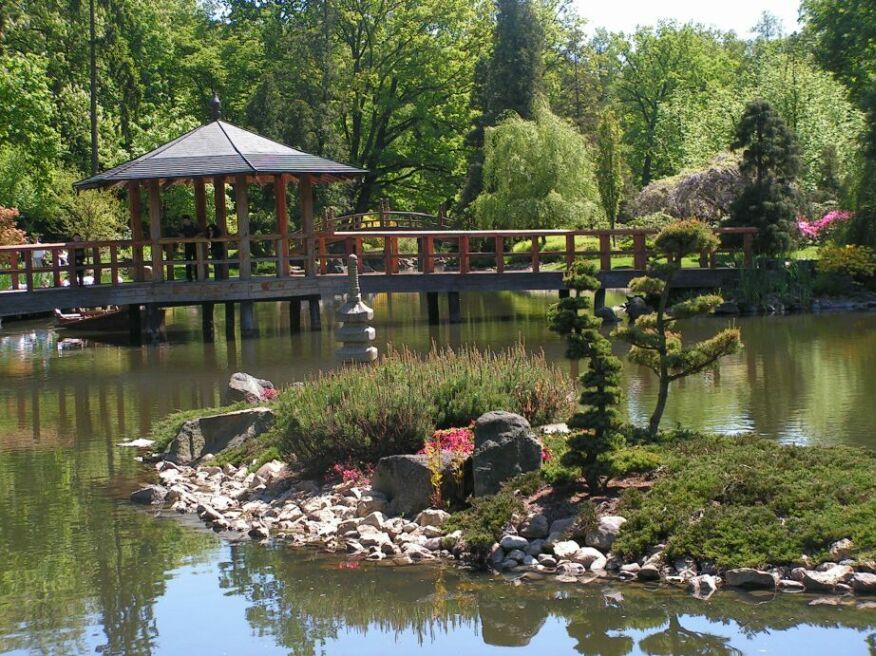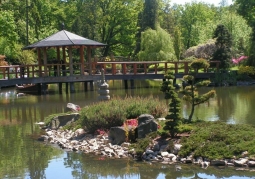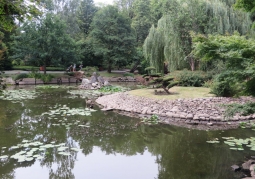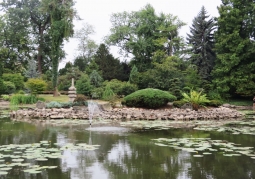Japanese Garden - Szczytnicki Park - Wroclaw
No weather data
0.0 /5
Number of ratings: 0
It was created on the initiative of Count Fritz von Hochberg in connection with the 1913 Exhibition of the Century. It was designed by the Japanese gardener Mankii Arai. After the exhibition, however, numerous details borrowed for the duration of the exhibition were taken (decisive for the Japanese founding of the garden). It wasn't until 1994 that thanks to the cooperation of the Japanese embassy, prof. Ikuya Nishikawa and Nagoya gardeners have begun work to restore the garden's Japanese character. The Japanese government donated several granite lanterns from the 19th century to the Garden. It is now a living fragment of Japanese culture, unique on a European scale. A decorative main gate and a wide alley lead to the garden, which directs visitors to the central part and at the same time the biggest attraction of the garden - a beautiful, crowned with a decorative roof bridge connecting two banks of the pond. The garden was also equipped with a new island and additional paths allowing access to the pond and admiring views from the very shore. Two water cascades were also built: "male" with a fast falling curtain of water and slow flowing "female". Another interesting attraction is the southern part of the garden, referring to Japanese home gardens, with a Sukija pavilion and cut hedges and a fragment of a stone and grass garden. The hilly garden area is carved by picturesque water streams, while numerous wooden buildings give an oriental character. A valuable element is vegetation rich in Asian species.
Komentarze
No results
Nearby places
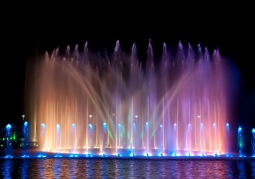
Multimedia Fountain - Szczytnicki Park - Wroclaw
Category: FountainsLocated near Hala Stulecia, surrounded by pergolas and Szczytnicki Park, the fountain is a place of recreation and rest for Wrocław residents. It is the largest multimedia fountain in Poland and one of the largest in...
1 km

The church John of Nepomuk - Szczytnicki Park - Wroclaw
Category: ChurchesThis wooden church dedicated to Saint. John of Nepomuk was probably founded at the turn of the 16th and 17th centuries. It was built by carpenters from Stary Koźle and initially stood in this town. In the eighteenth...
1 km
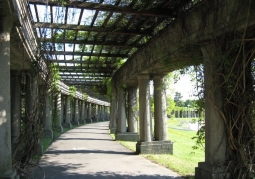
Szczytnicki Park - Wroclaw
Category: Parks, gardens, avenuesOne of the largest parks in Wrocław, founded in 1785 as a private garden in the Stare Szczytniki estate. It covers an area of about 100 hectares. A landscape park with large compositional and dendrological values...
1 km
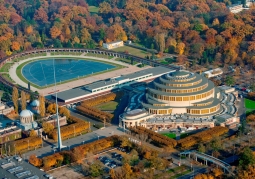
Hala Stulecia - Szczytnicki Park - Wroclaw
Category: Sports and entertainment hallsHala Stulecia, Hala Ludowa - sports and entertainment hall located in the Szczytnicki Park in Wrocław. Built in 1911–1913, designed by Max Berg, in the expressionist style. In 2006, the hall was recognized as a...
1 km
Nearby places

Multimedia Fountain - Szczytnicki Park - Wroclaw
Category: FountainsLocated near Hala Stulecia, surrounded by pergolas and Szczytnicki Park, the fountain is a place of recreation and rest for Wrocław residents. It is the largest multimedia fountain in Poland and one of the largest in...
1 km

The church John of Nepomuk - Szczytnicki Park - Wroclaw
Category: ChurchesThis wooden church dedicated to Saint. John of Nepomuk was probably founded at the turn of the 16th and 17th centuries. It was built by carpenters from Stary Koźle and initially stood in this town. In the eighteenth...
1 km

Szczytnicki Park - Wroclaw
Category: Parks, gardens, avenuesOne of the largest parks in Wrocław, founded in 1785 as a private garden in the Stare Szczytniki estate. It covers an area of about 100 hectares. A landscape park with large compositional and dendrological values...
1 km

Hala Stulecia - Szczytnicki Park - Wroclaw
Category: Sports and entertainment hallsHala Stulecia, Hala Ludowa - sports and entertainment hall located in the Szczytnicki Park in Wrocław. Built in 1911–1913, designed by Max Berg, in the expressionist style. In 2006, the hall was recognized as a...
1 km
